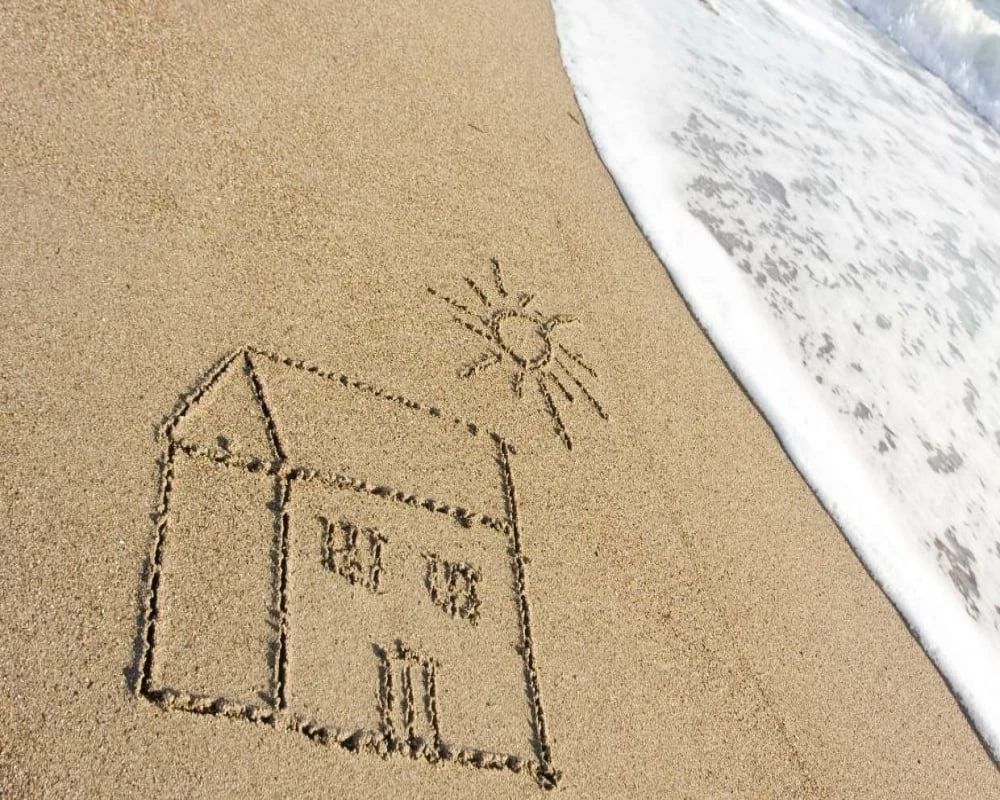Avoid These 5 Easy Mistakes When Making International Property Investment

A combination of cheap mortgages and plunging prices have triggered and are still triggering investments in foreign property. 5.4 million Britons consider buying a property abroad. But buying foreign property is not easy. Many of the British folks who bought Spanish properties before the financial crisis now contend with legal battles, touting to pull their foreign property down and that dream of foreign property ownership with it. Many of those who rushed into foreign property investing have sad stories to tell. The most important advice when making an international property investment is still to take your time, do careful research and get legal advice.
Buying property abroad, where currency value favors you is a lucrative arrangement. Currently, the Pound leads the Euro by 10%, so British property buyers looking to buy in Italy, Spain, Portugal etc. would have to pay 10% less on comparable properties. It might not be worth it if you consider travel costs and other expenses. Hence, apart from knowing legal and property rules in your destination country, you should also consider how much you're going to spend and if the expenses would justify itself.
Moreover, there could be scrupulous characters you have to deal with. In property buying, you have to let your head make the decisions. More so, when buying abroad. Let's explore the five common mistakes international property investors make and how they can be avoided.
MISTAKES INVESTORS MAKE WHEN MAKING INTERNATIONAL PROPERTY INVESTMENT
1. Lack of information.
You can easily get burned when you are not aware of the nuances and trends of your chosen real estate market. It's not just enough to research and find out the particulars of making an investment in a specific country, be aware of the mistakes specific to foreign property investors in that country. If the eager Brits of the pre-recession had been well-informed, they wouldn't have fallen into legal traps.
2. Planning on the move.
Don't buy a house, then put together a plan later. Have a plan before you buy. This is all the more important for investors. It is the most common mistake made by newbie investors. You might spot a good deal and be prompted to make an offer quick. Don't. Make sure you form a plan beforehand and get a property that fits your investment strategy. This will keep you focused.
3. Trying to make money quickly. Real estate, unlike stocks, is usually a long term investment. If you think you'll make a load of profit on your property within a short time, you might be setting yourself up to be disappointed.
4. Flying solo. Professional investors always have a team. The team usually comprises of real estate agent, an appraiser, an attorney and a lender. If you want to achieve success in overseas real estate investing, don't fly solo.
5. Paying too much. Flying solo and inadequate research most times will lead to paying too much on a property. New investors abroad usually goof up by paying too much on the properties they buy. Making this mistake will leave you working with less if you plan on buying for investment.
As much as it is lucrative, buying a home abroad is risk bound. It is always important to exercise caution when making an overseas investment deal and learn the fundamentals.




